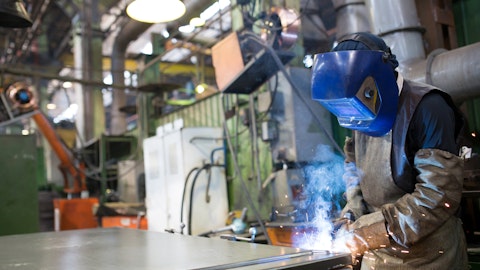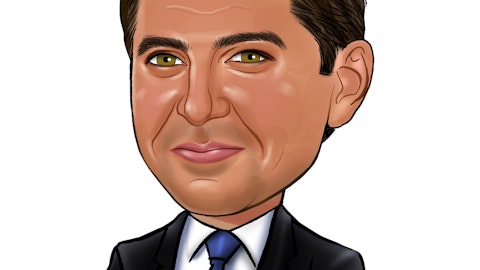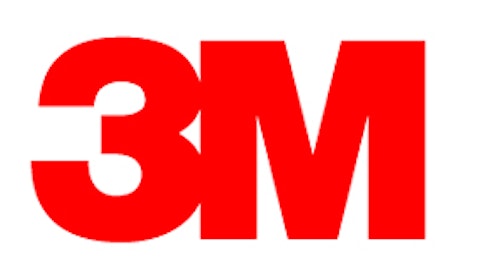Key Risks
While the company is diversified by product and end market, Dover Corp (NYSE:DOV) is sensitive to the broader economy. The business currently faces challenging market conditions that caused it to lower 2015 guidance in December.
More specifically, DOV is being impacted by deterioration in oil & gas related end markets (34% of earnings), sluggishness in China, and the strong U.S. dollar (international sales are 41% of total revenue). The company expects fiscal year 2016 organic sales growth will range from 0% to down 3%, driven by an 8-11% fall in its Energy segment.
With oil supply showing no signs of slowing down, your guess is as good as ours regarding when this headwind will abate. DOV appears to be exposed to one of the most challenging parts of the energy market (mostly North American, focused on drilling and production). Since this is the company’s most profitable business, it could take at least several quarters or even 1-2 years for the Energy segment to find a trough.
Part of the requirement to own DOV is to have a stomach for the inevitable cycles many of its end markets go through.
Other than unpredictable macro trends, there doesn’t seem to be much that threatens DOV’s long-term prospects. The company is well diversified by product, end market, and customer. Most of its markets evolve at a very slow pace, and it’s hard to imagine many of the company’s products becoming obsolete.
If anything, DOV’s biggest risk is probably itself. The company likes to acquire other businesses, which adds some risk to its strategy. Furthermore, although DOV has become less decentralized over the years, additional acquisitions could cause the company to reach a point where it needs to reorganize its segments or risk them becoming inefficient.
Overall, DOV has proven to be an extremely well-managed company. Macro trends in the energy market are the biggest challenge facing the business over the next few years, and the bottom could still be further away than many investors expect.
Dividend Analysis
We analyze 25+ years of dividend data and 10+ years of fundamental data to understand the safety and growth prospects of a dividend. DOV’s long-term dividend and fundamental data charts can all be seen by clicking here.
Dividend Safety Score
Our Safety Score answers the question, “Is the current dividend payment safe?” We look at factors such as current and historical EPS and FCF payout ratios, debt levels, free cash flow generation, industry cyclicality, ROIC trends, and more. Scores of 50 are average, 75 or higher is very good, and 25 or lower is considered weak.
DOV’s dividend is extremely safe with a dividend Safety Score is an excellent 87.
Over the last four quarters, DOV’s dividend has consumed 30% of its earnings and 28% of its free cash flow. As seen below, the company’s payout ratios have remained fairly steady at about 30% over the last decade, which means that DOV’s dividend grew along with its earnings.

Source: Simply Safe Dividends

Source: Simply Safe Dividends
You might have noticed above that DOV’s payout ratios spiked up during the last recession in 2009. This means that the company’s earnings dropped significantly compared to the dividend and is a sign that the company’s business is cyclical.
Looking at DOV’s historical sales growth, we can see that this is true. The company’s sales fell by 29% in 2009, and its reported earnings fell by nearly 40%. Many of DOV’s industrial customers pulled back on their spending, so it’s especially important that the company maintain a conservative payout ratio. Even if earnings fell by 50% today, the company’s payout ratio would likely remain below 70%.

Source: Simply Safe Dividends
Looking at DOV’s return on invested capital metric over the last decade, we can see that the company earned a double-digit return most years.

Source: Simply Safe Dividends





